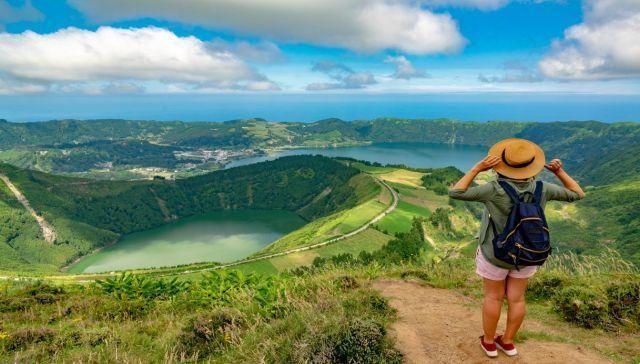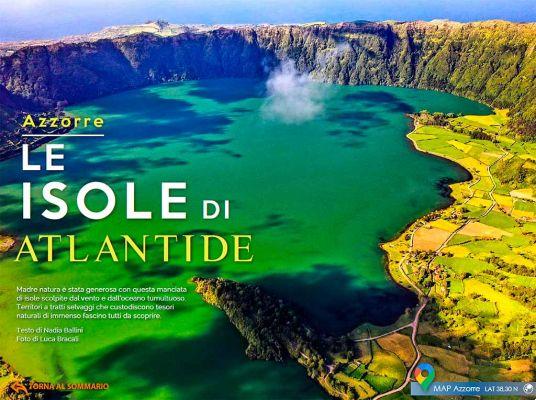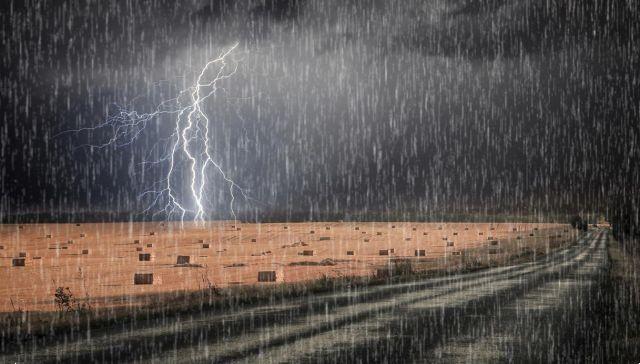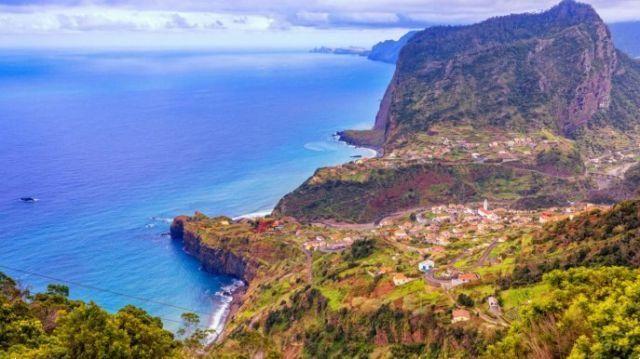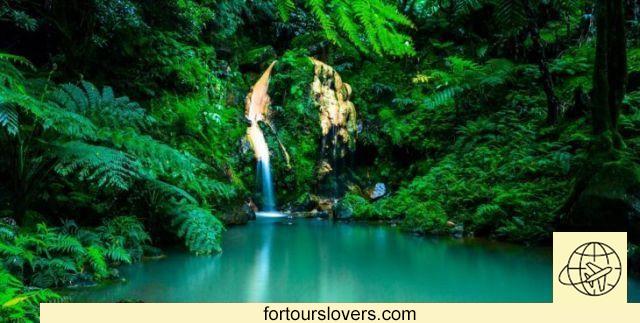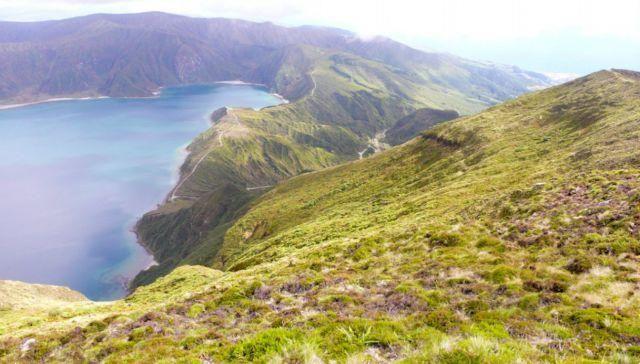 Among the nature itineraries of the Azores there are the thousand trekking paths to discover flowers and landscapes or excursions to admire dolphins and whales.
Among the nature itineraries of the Azores there are the thousand trekking paths to discover flowers and landscapes or excursions to admire dolphins and whales.
In the heart of the Atlantic Ocean there is a group of nine magical islands where dream landscapes, characteristic harbors and white beaches alternate: they are the Azores, a postcard archipelago which is the dream of all lovers of trekking and outdoor holidays. 'sign of uncontaminated nature.
The Azores islands cannot be reached directly from Italy, but a stopover in Lisbon is required from which many direct flights depart to the airports of Faial, Ponta Delgada and Terceira. Some islands such as Corvo or São Jorge are less visited, but still offer a network of trekking trails that will allow you to discover the wonders of the Azores at your own pace. The mild climate all year round it is perfect for nature excursions along the paths that run alongside the old lakes of volcanic origin or that will allow you to reach the hot springs, such as those of Furnas.
From Italy there are many trips with a "naturalistic" vocation already organised; alternatively, for more flexible travellers, the islands have tourist office stations with information, brochures and maps that provide suggestions on possible paths. The official tourism website also allows you to select the routes trekking based on the Azores island you have chosen to visit, or even by difficulty and length, so as to create the ideal itinerary for you, and download the map.
In São Miguel, for example, long panoramic excursions can take you along the paths that run alongside the craters of Sete Cidades, Fogo and Furnas with their crystal-clear lakes, while on the island of Pico it is possible to attempt the climb to the top of the mountain of the same name (which with its 2.351 meters is the highest point in the Azores), or dedicate yourself to more relaxing walks among fields and villages with the incredible blue of the Atlantic Ocean in the background. On the island of Terceira, however, we recommend you explore the area of Algar do Carvão which is particularly rich in woods and caves or head towards the solfatara in the town of Porto Judeu.
Also not to be missed are horseback riding, which will take you along the paths of the Azores islands to discover white cliffs and beaches. On the island of Faial or São Miguel, for example, it is possible to choose between solutions ranging from half a day to a week of horse trekking accompanied by local guides, or with tailor-made routes so as not to miss any of the most characteristic places in the Azores.
On the Azores islands there is certainly no shortage of flowering meadows; here, the hydrangeas, the very ones we often plant in our gardens are the real stars of the show. Every spring, between May and June, the paths of the island of São Miguel are lined with thousands of blue, pink and white hydrangea plants in exuberant bloom that continues as far as the eye can see. Brochures dedicated to trekking lovers with the best nature itineraries in the Azores are often available at the local tourist offices and we bet that you just need to take any path to immediately find yourself in front of a real wall of flowers?
Hydrangeas arrived on the Azores islands thanks to the sailors who brought them with them on their return from trade with distant Asia and the humid climate did the rest, allowing the plants to feel at home and to expand to become real hedges that They serve to indicate property boundaries. Other points where hydrangeas are particularly abundant are the island of São Jorge and the nearby island of Faial, which is known as Ilha Azul due to the color of the hydrangeas on the slopes of the central caldera and described in the verses of the poet Raul Brandão.
The nature trails of the Azores will also take you to discover azaleas and camellias, and even flowers of Himalayan origin, which have adapted to the eternal spring of these islands. Furthermore, the Azores are also the only place in Europe where it is possible to successfully cultivate camellia sinensis, the tea plant (chá in Portuguese) which on the island of São Miguel gave rise to a plantation that has existed since 1883 and which produces excellent quality tea thanks to the combination of fertile soil and ideal climate. The tea plantations of Gorreana can be visited with a nice walk among the plants which will end in the laboratories where the tea is processed.
In the Azores there are also plantations of ananas of a particularly sweet and juicy variety, so you really can't help but taste it naturally, in a fruit salad, together with the local passion fruit and the curious ceremony or in the many local desserts of which it is one of the key ingredients.
Among the naturalistic trekking itineraries in the Azores there are also those that will take you to sight the rich local fauna. For this reason, the islands are just an ideal destination for enthusiasts birdwatching thanks to the presence of over 300 species of birds that find a moment of rest here during their migrations, often of thousands of kilometres, across the ocean. A breed of dog called the cão da fila de São Miguel is also believed to be originally from the Azores, which you may happen to see in the pastures defending the flocks.
Finally, among the things not to be missed in the Azores there is one of the most popular nature excursions to observe dolphins and whales up close. The area of Pico Island is particularly fortunate for this activity and there are many companies that from March to October will take you to discover over 20 distinct species of whales and dolphins, with which, on some occasions, it will even be possible to swim in the waters of the Atlantic Ocean.




